Kosher salt vs sea salt: what you need to know about each, which we recommend stocking in your kitchen and how they should be used in cooking. We cover it all!
Understanding the different types of salt including kosher salt vs sea salt vs table salt is one of the most important aspects of cooking to understand. Knowing the difference in types will empower you to make smart substitutions and eventually help you master the art of seasoning to taste—the key to unlocking delicious food.
Table of Contents
- Types of Salt
- Salt Characteristics
- When to Use Kosher Salt
- When to Use Sea Salt
- Salt Measurement Conversions
- Measuring Salt By Weight
- The Science of Seasoning Food
- When to Season Food with Salt
- Meat
- Fish and Seafood
- Vegetables
- Mushrooms
- Vinaigrettes, Dressings, Mayonnaise and Fat-Based Sauces
- Eggs
- Dry Beans and Legumes
- Grains
- Doughs and Batters
- The Importance of Seasoning as You Cook
- The Salt We Use in The Test Kitchen
Types of Salt
First things first, you need to understand types of salt and what differentiates them from one another. One thing all salt has in common: salt is formed by the evaporation of a salt brine. The method and speed at which it is evaporated is what dictates its granule shape and density.
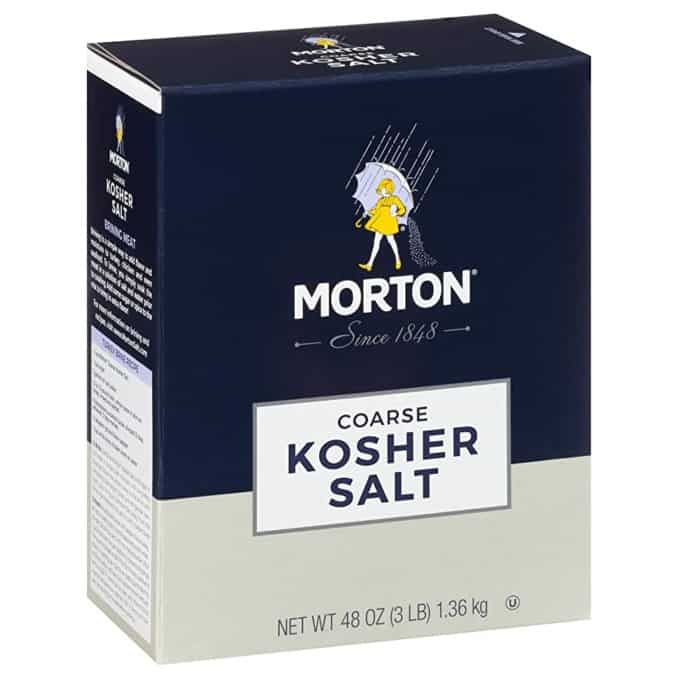
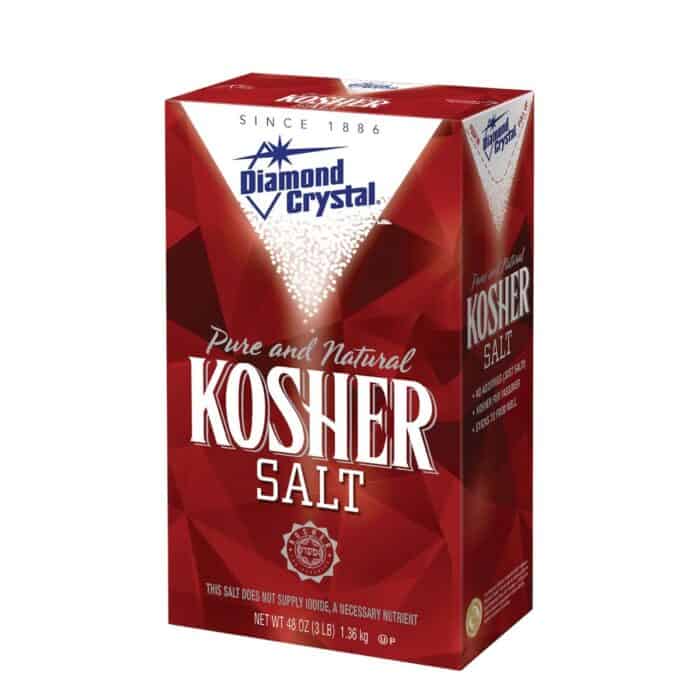
Kosher
Kosher salt gets its name from the koshering process. Due to the large flake size of kosher salt, it’s often used in the process of koshering meat because it adheres to meat well and draws blood and moisture out of fresh pieces of meat.
To ensure it can be used in the kosher process and in kosher kitchens it is manufactured under rabbinical supervision and is kosher certified.
The two most noteworthy brands of kosher salt are Morton Coarse Kosher Salt and Diamond Crystal Kosher Salt. We have our opinions on which we like to use, but the key thing to know is that they differ in granule size. Morton has flake, dense flaks while Diamond Crystal is more flaky and crushable.
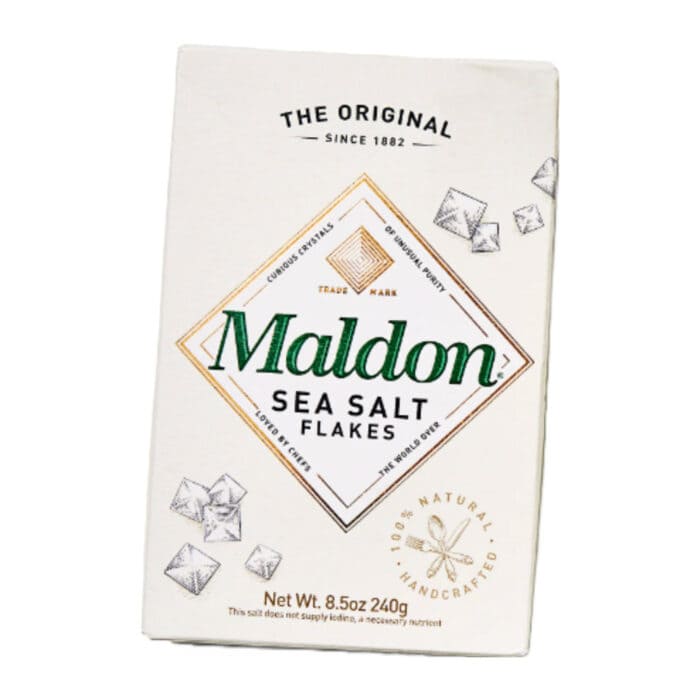
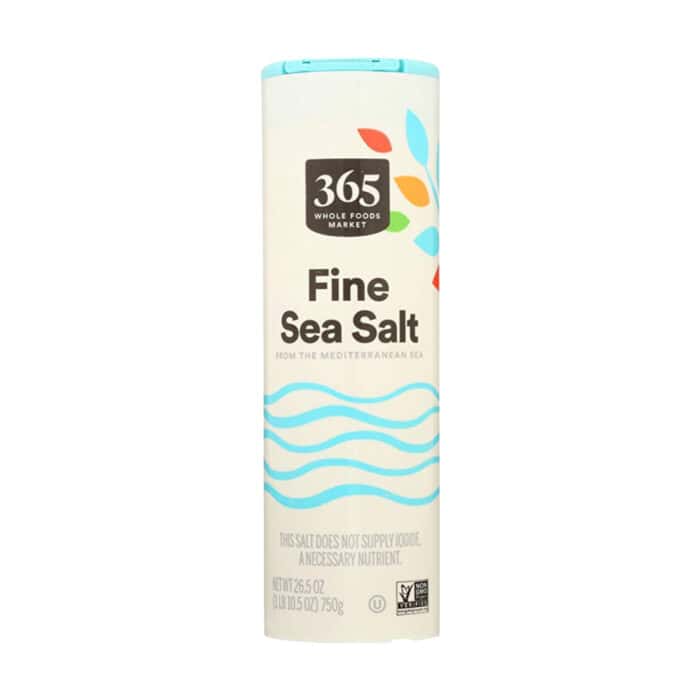
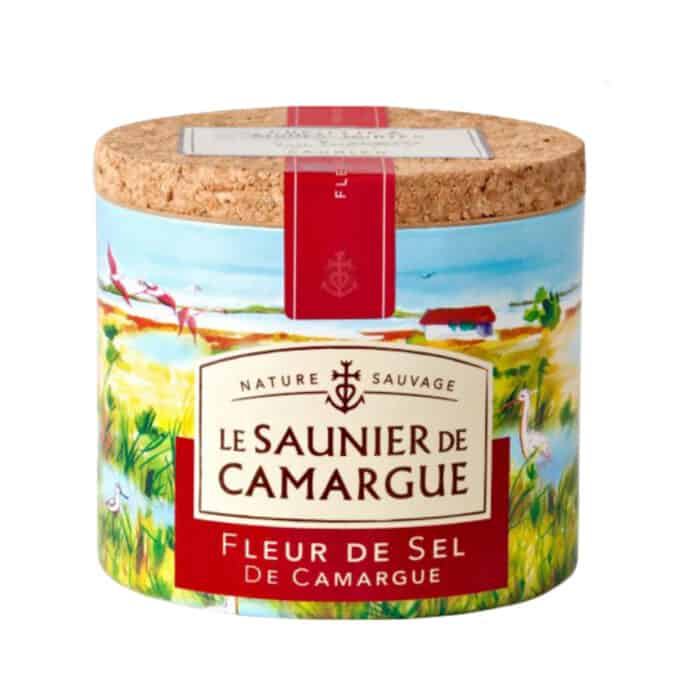
Sea Salt
As its name implies, sea salt is what you get when water from the ocean or salt water lakes is evaporated. Due to the source, sea salt contains trace amounts of minerals which some say they can taste. There are a variety of types of sea salt, so let’s cover each of them.
The first category of sea salt is naturally evaporated sea salts. These salts include fleur de sel, sel gris, and Maldon. These sea salts are slowly evaporated (sometimes up to five years) and laboriously harvested. Due to the process and harvesting, they tend to be a bit pricier.
Plus, their texture is truly scrumptious. For these two reasons, we recommend using natural sea salts in dishes where it will stand out such as salads, homemade cookies and caramels.
- Fleur de sel translates as “flower of salt” and features delicate flakes that are “distinctly aromatic” says Samin Nosrat in Salt, Fat, Acid, Heat. Fleur de sel becomes sel gris when it takes on a grayish hue (it can also be called gray salt).
- Maldon Salt, another natural sea salt, is easily identifiable with its hollow pyramidal granule shape.
The second category of sea salts are those that are refined. These are the sea salts you will find in bulk at the grocery store. Refined sea salt is produced by rapidly boiling ocean water in a vacuum. This type of sea salt can *mostly* be used interchangeably with kosher salt. Use it to season pasta water, meat, in doughs and batters, and more.
- Fine sea salt is ground to a very fine texture. It’s very similar in size to table salt.
- Coarse sea salt is simply a large-grain sea salt. The large granules are dense and hard.
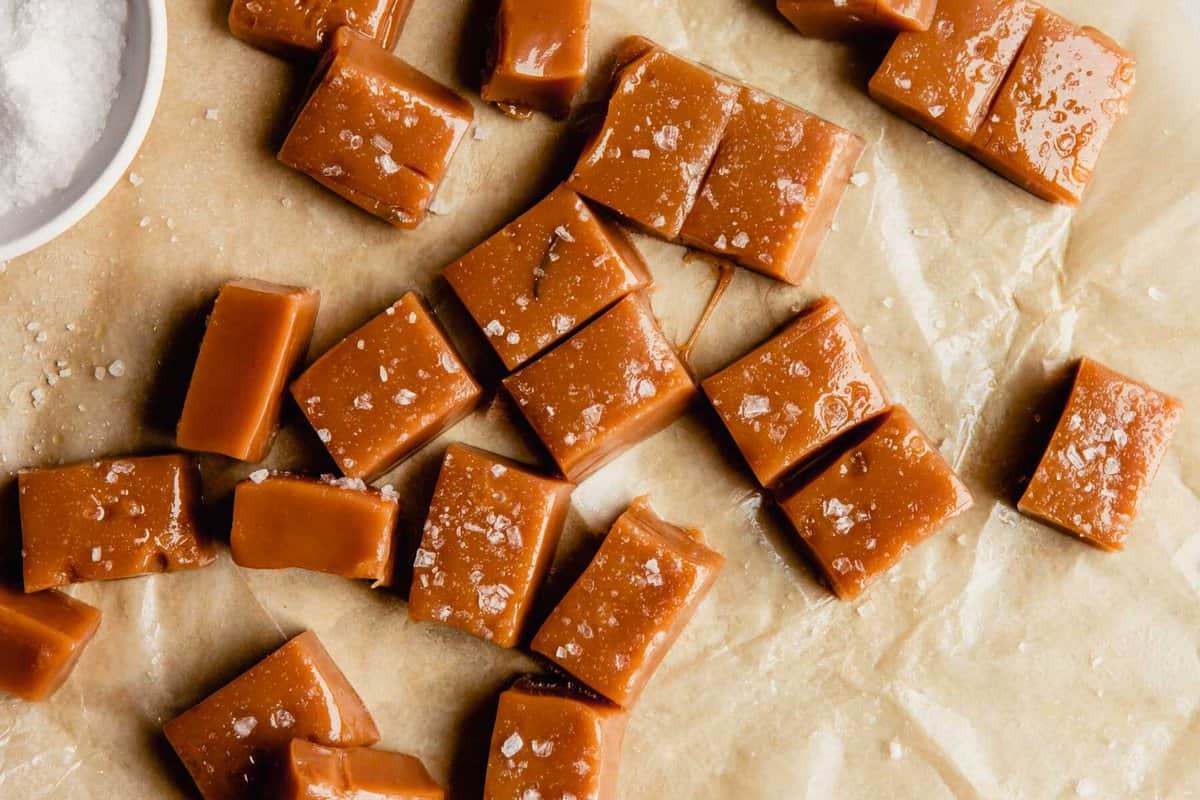
Table Salt
Table salt is what falls out of salt shakers on restaurant tables all over the world. With small, uniform crystals, it’s easy to identify. Most table salt sold has iodine added in small amounts (one thousandth of one percent by weight). The addition of iodine was introduced by the Morton company in 1924 when iodine deficiency was a common concern. While iodine deficiency is no longer a concern, most table salt is still fortified with iodine. And while it won’t harm you, it does give it a metallic flavor that many people can taste.
For this reason, we recommend you don’t keep table salt on hand. Armed with your preferred kosher salt and some flaky sea salt you’ll be good to go.
One thing to note, table salt simply makes food “salty” whereas Kosher salt and sea salt adds saltiness while enhancing the flavors of food. Kosher salt and sea salt make the acidic tang of tomatoes pop!, brings out the vanilla in baked goods and caramels, enhances the savoriness of grilled meats, and more.
Salt Characteristics
| type of salt | characteristics |
|---|---|
| Table Salt | tiny, cubic, dense, metallic, slow to dissolve |
| Diamond Crystal Kosher | flaky, crushable, crunchy, dissolves readily |
| Morton Kosher Salt | dense, flat, not crushable, dissolves slightly slower |
| Refined Sea Salt | small to medium-sized, slightly aromatic, dissolves slightly slower |
| Fleur de Sel and Sel Gris | delicate, flaky, aromatic, dissolves readily |
| Maldon | flaky, hollow, pyramidal, crunchy |
When to Use Kosher Salt
We are strong believers in almost exclusively using kosher salt in the kitchen. First off, why complicate things if you don’t need to? And secondly, we find it to be the most consistent and reliable salt on the market. Use kosher salt for:
- Seasoning cooking water for pasta, grains, and beans
- Doughs and batters
- Seasoning meat and seafood
- Spice mixes and rubs
- Soups
- Salads
- Sauces, dressings, dips
- Eggs
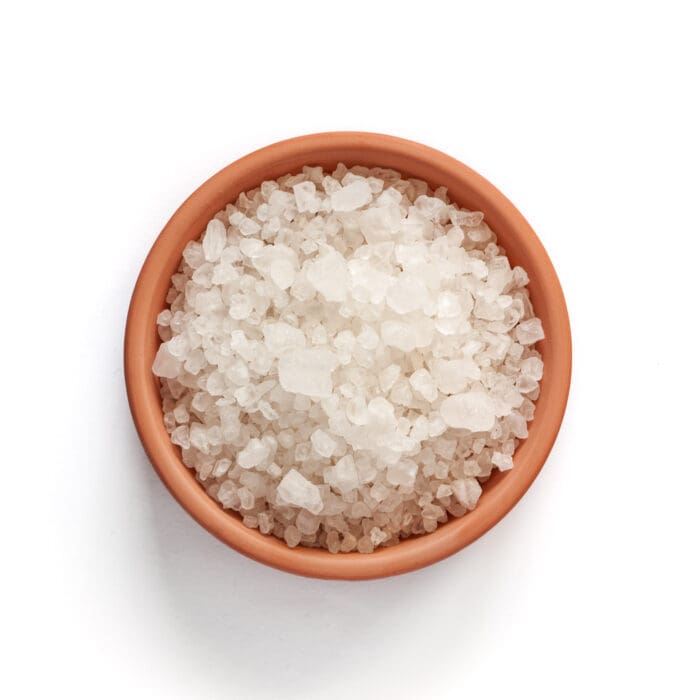
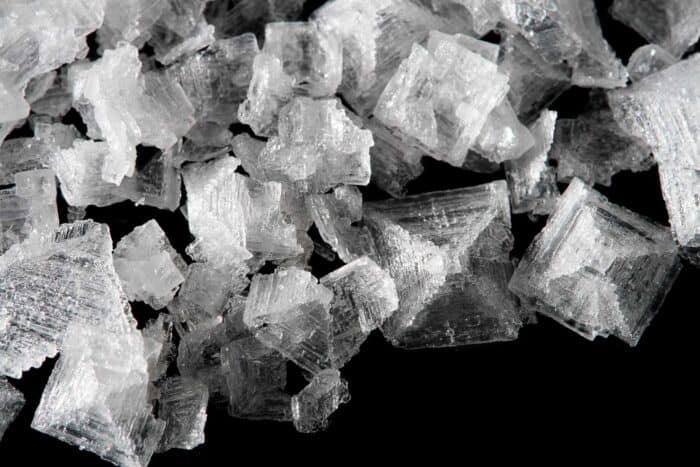
When to Use Sea Salt
Use unrefined flaky sea salt for:
- Desserts and confections when you want a salty crunch (caramels, caramel sauce, chocolates, cookies)
- Finishing a dish
- Fresh green salads and fruit salads
Anytime you would like to use Morton kosher salt (or table salt), use fine ground sea salt. Use refined sea salt for:
- Pasta, bean, grain and vegetable cooking water
- Seasoning vegetables and meats prior to roasting
- In doughs and batters
- Sauces, dressings, dips
- Eggs
Salt Measurement Conversions
| Table Salt | Morton Kosher | Diamond Crystal | Fine Sea | Fleur de Sel | Maldon |
|---|---|---|---|---|---|
| ¾ tsp | 1 tsp | 1¾ tsp | 1 tsp | 1 tsp | 1⅔ tsp |
| 1 tsp | 1¼ tsp | 2⅛ tsp | 1¼ tsp | 1½ tsp | 2⅛ tsp |
| 1 Tbsp | 1 Tbsp + ¾ tsp | 2¼ Tbsp | 1 Tbsp + ¾ tsp | 1 Tbsp + 1¼ tsp | 2¼ Tbsp |
Measuring Salt By Weight
The difference in crystal shape is what dictates the weight of salt by volume. For instance, the dense and fine granules of fine sea salt align more compactly in a tablespoon measure than the hollow, pyramidal-shaped flakes of hollow Maldon sea salt.
A good rule of thumb: the smaller the crystal size = the more densely it will pack into a measurement = the “saltier” it is by volume.
| Type of Salt | Weight per Teaspoon |
|---|---|
| Table salt | 6 grams |
| Morton Kosher | 4.8 grams |
| Diamond Crystal Kosher | 2.8 grams |
| Fine Sea Salt | 4.8 grams |
| Fleur de Sel | 4.3 grams |
| Maldon | 2.8 grams |
The Science of Seasoning Food
There are a few things that truly make a dish !pop! One of those things is acid and the other is salt. Seasoning your food not only with the right amount of salt, but also at the right time, is a critical aspect of good cooking.
What Salt Does to Food
What does salt do to food? It does much more than simply make it “salty.” Seasoning food as it cooks enhances or brings forward other flavors that are present in the food, deepens flavor, balances flavor and impacts texture.
How it Works
If that wasn’t enough, seasoning at the right time also has a lot of impact on your resulting dish. Here’s how it works: Salt is always going to work to find an equilibrium in its environment. When it’s sprinkled on the surface of a cut tomato, the salt is going to move into the cell walls and create an equilibrium of salt solution on either side of the semipermeable membrane.
To find that equilibrium salt will move into the cell walls while pushing some of the water out. This way the salt on the surface of the tomato has been diluted to match the same saline level within the tomato’s cell walls. Why does this matter? Well, each bite of that tomato slice will have an enhanced flavor and taste even more tomato-y.
This process also happens with pieces of meat like steaks, chicken breasts and pork loins, though at a much slower rate. The beauty of this process in meat is that once salt has penetrated into the meat, it actually retains water and keeps the proteins from tightly coiling up and squeezing out moisture during the cooking process. Aka, the meat stays more moist and give you more wiggle room to avoid overcooking the meat.
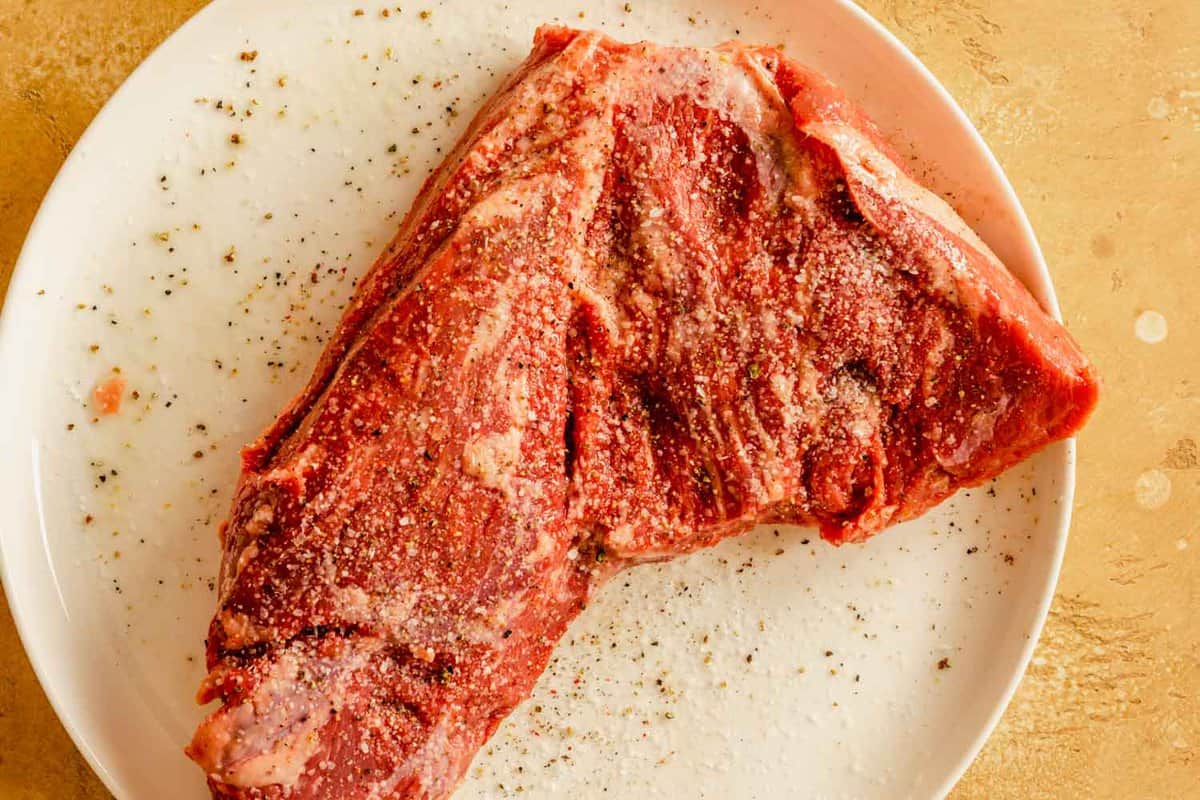
When to Season Food with Salt
Meat
Season meat as early as possible. The further ahead that you season meat, the better chance the salt will have to work its way into the meat and season not only the outside, but the inside too. This also tenderizes the meat. Season as far in advance as you can. Overnight is ideal, but do what you can/have time for whether that’s a few hours ahead of time, 30 minutes or right before you start cooking.
Fish and Seafood
Season raw fish and seafood right before cooking. Because seafood is so delicate, it quickly absorbs salt and doesn’t need much time to become seasoned. Plus, seasoning too far in advance can negatively affect the texture.
Vegetables
Toss vegetables will fat and salt before roasting, season them as they sauté in a skillet, season the water they are blanching or boiling in, etc. Basically what you need to know—season vegetables while they are cooking.
Mushrooms
Because mushrooms have such a high water content, it’s best to season mushrooms mid-way through cooking. If salted ahead of time, too much moisture will be drawn out and you risk a rubbery mushroom. Cook mushrooms until they start to turn golden brown, then season with salt.
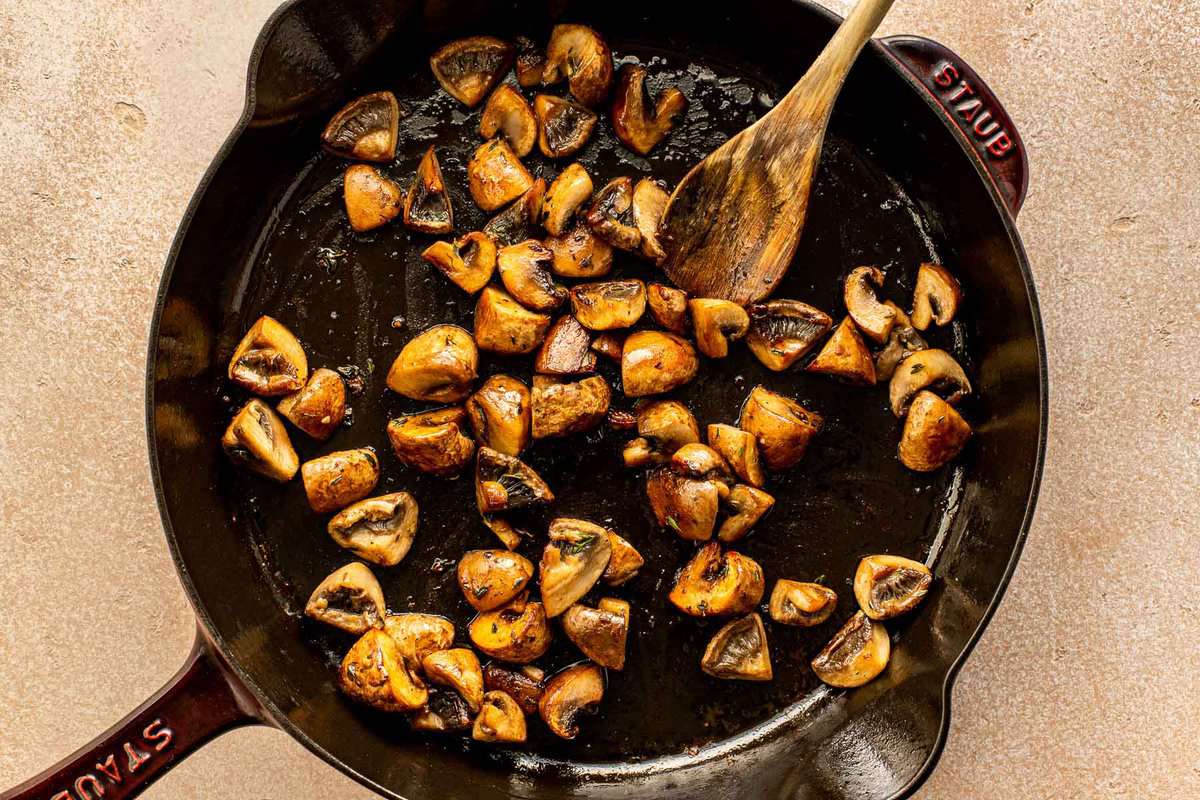
Vinaigrettes, Dressings, Mayonnaise and Fat-Based Sauces
Salt needs water to dissolve which is why I recommend seasoning creamy dressings, vinaigrettes, mayonnaise and fatty sauces early in the cooking process and lightly. Due to taking longer to dissolve, the sauce may not taste balanced right away. Be patient and taste it a few times before seasoning it again.
Eggs
Season beaten eggs (for scrambling, quiches, omelettes and frittatas) right before cooking. Lightly season water for poaching eggs. Season hard-cooked eggs and fried eggs after cooking and right before serving.
Dry Beans and Legumes
Season the soaking or cooking water liberally with salt. No, it doesn’t make for tough beans. Acid DOES make for tough beans. So season beans with salt prior or during cooking but wait to season with acid until after cooking.
Put this rule to use in our Instant Pot Baked Beans.
Grains
Season the cooking water lightly with salt.
Doughs and Batters
Salt helps strengthen gluten. So, for baked goods that you want to encourage gluten development (breads, pizza dough) add the salt early with the dry ingredients. For baked goods where you don’t want to encourage gluten development (cakes, pancakes, pastries) add salt later in the mixing process.
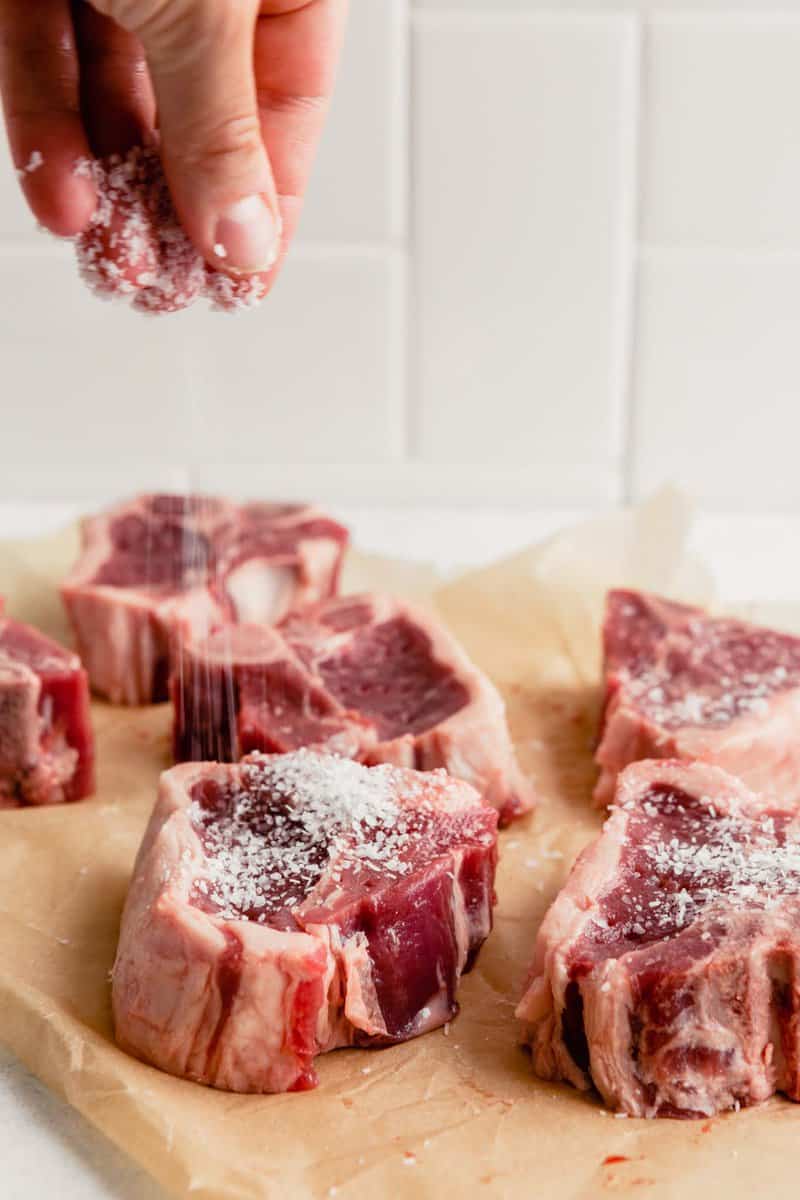
The Importance of Seasoning as You Cook
Seasoning as you cook, also called, seasoning from within, is the single most important aspect of becoming a really good cook. Every single step of the cooking process should include seasoning. And it doesn’t need to be a lot! But this is how you transform ingredients into a delicious and satisfying meal.
To taste the difference of seasoning from within first hand, roast two halves of spaghetti squash. Season one with salt prior to cooking and season the other one after cooking. Taste both and notice how the squash that was seasoned prior to cooking has more flavors and more depth of flavor.
If there is one thing I want you to take away from this article it’s this: seasoning consistently with a little bit of salt as you cook will impact the flavor of your dish much more effectively than seasoning with a lot of salt at the end of cooking or at the dinner table.
The Salt We Use in The Test Kitchen
So this brings up back to the original question: kosher salt vs sea salt.
Our favorite salt to use in the test kitchen will surprise you. Here’s where we get controversial. We prefer to develop recipes using Morton Coarse Kosher Salt. The chefs and food-snobs around the world just gasped and disowned us. But if you’re still with me, here’s why.
We’re in the business of developing foolproof recipes. It’s not just about developing the perfect tomato soup or chocolate chip cookie. It means we do that and we have to consider what could go wrong in home kitchens across the world.
Let’s play this out—say we develop a recipe using Diamond Crystal kosher salt and we call for 2 teaspoons. If you have Morton kosher salt or sea salt in your kitchen and you add 2 teaspoons of salt you just over-salted your dish by a half of a teaspoon—not a small amount depending on what you’re cooking!
Flip that scenario and you’ve simply underseasoned your dish. Easy fix, season with more salt to taste. You can always add more salt, but you can’t remove it.
So what about Morton kosher salt vs sea salt? It all comes down to preference. Now that you are armed with the knowledge on how they are different and how to make substitutions, you can use whatever you like. I’ll still opt for kosher, but you do you!
In addition to Morton Kosher Salt, we also stock Maldon sea salt for finishing dishes, seasoning salads, sprinkling over chocolate chip cookies, and making our chewy Sea Salt Caramels.
Buy Our Winners
Resources:
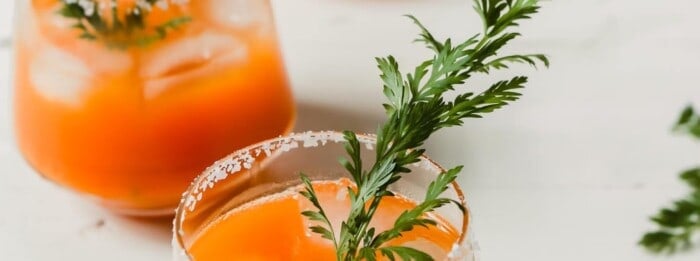
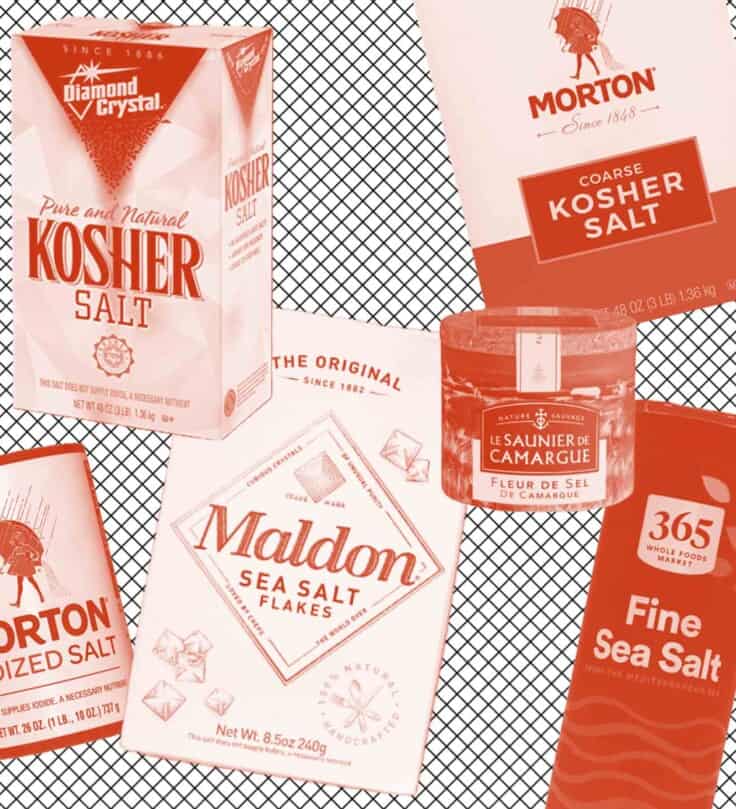
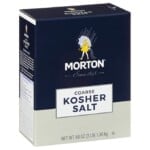
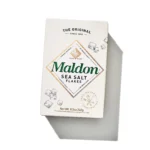
You say that “most” table salt is iodized – well, what do you mean by “most,” 51% or 95%?
In the NYC area, where I live, both iodized and non-iodized table salts are easily available, despite a shortage of the non-iodized kind during the pandemic.
So tell us, how does non-iodized table salt stack up against other salts?